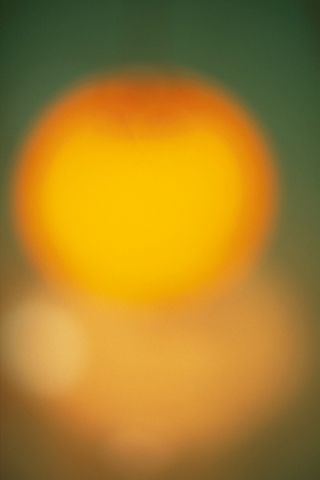R-Series
1994-2002
Photographs
Cibachrome on Aluminum
Size: 120 cm x 180 cm
The theme of the photographs of the R-Series is the space between camera and artwork.
EXHIBITED
- DELPHI Essentials, ACE Gallery Los Angeles, 2017
- Andreas Binder Gallery, Munich, 1998

R-Series MD#4 (Marcel Duchamp) 1995

EXHIBITION VIEW: ACE Gallery Los Angeles
In a series of early works titled R-Series, Lachenmann gauged the distance between his camera and famous works of art by focusing, in accordance with his own nearsightedness, on the space between the camera and the photographed object. The photograph R-Series MD#4 (Marcel Duchamp) shows Marcel Duchamp’s Rotary Demisphere (Precision Optics) from 1925, which is now in the Museum of Modern Art in New York. The installation was created in Paris, where Duchamp experimented in the 1920s with machines that created optical effects. For Rotary Demisphere, he mounted a white hemisphere with spiraling black lines on a circular plate that rotates via a belt drive. Engraved in a copper ring are the words “Rrose Sélavy et moi esquivons les ecchymoses des esquimaux aux mots exquis” (Rrose Sélavy and I escape the bruises of the Eskimos with exquisite words). Rrose Sélavy was Duchamp’s female alter ego, taking on various roles and developing into the creator of his works. Through this play of identities and language, Duchamp challenged not only the self-image of the artist, but also the self-definition of art institutions and the art market.
Lachenmann deliberately places the photograph of Duchamp’s Rotary Demisphere at the beginning of his exhibition; he sees himself in the tradition of this pioneer of conceptual art, and, like him, he engages at a variety of levels with the relationship between artists and the institutions representing them.
On the myth of the artist as creator / Heike Catherina Mertens












